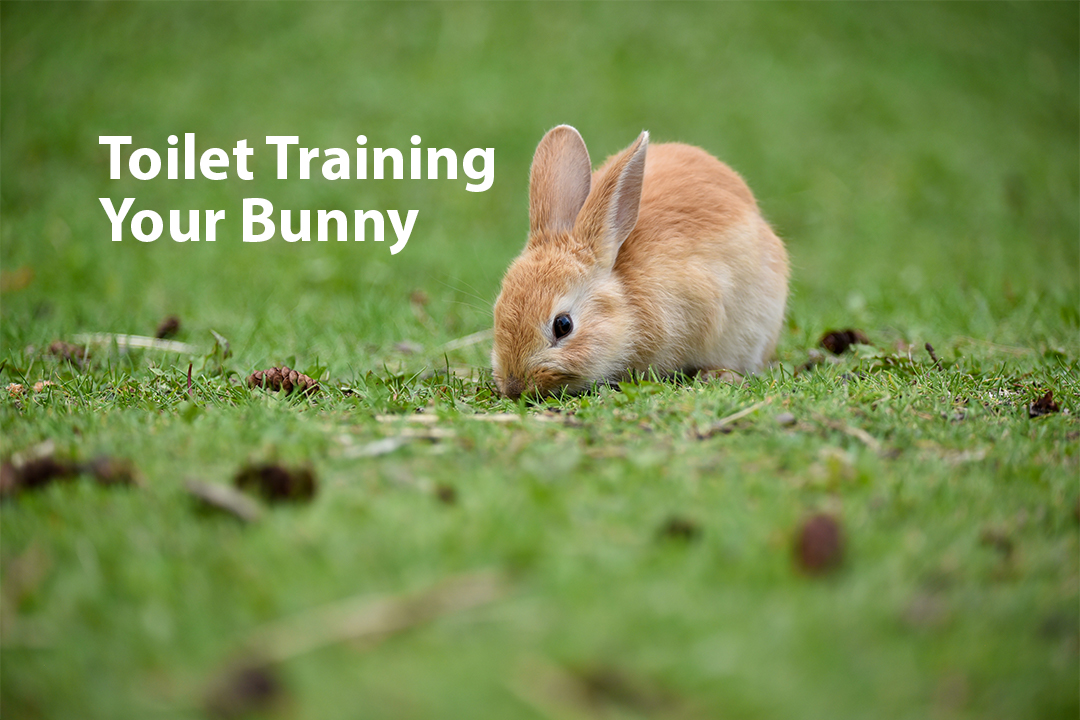Did you know that your rabbit can be trained to use a litter box? Since rabbits like to keep themselves clean and will usually do their business in a particular spot inside their cages, we as pet owners can definitely take advantage of this natural behaviour and litter train them!
When To Start Litter Training?
Generally, it is much easier to train matured rabbits than younger ones. This is because matured rabbits have better learning capabilities and a greater desire for cleanliness. Also, it is well known that you will have better success with spayed or neutered rabbits during litter training since their inclination to mark territories is significantly reduced in comparison to intact rabbits.
Benefits Of Litter Training
It takes time and commitment when training your rabbit to use a litter box, but…
- You won’t have to monitor your rabbit’s every move since they will know how to return to their litter to defecate/urinate. Note that rabbit urine is highly acidic and stains are difficult to get rid of once they set in.
- Cleaning becomes easy and quick, as your bunny’s waste is restricted to only one place – the litter box.
You can keep track of their health by observing the litter box for abnormalities in their waste. If your bunny suddenly stops using the litter box, it may indicate underlying health issues, such as urinary or bladder infections, which should be checked out by a veterinarian.
Supplies Checklist
Now that you realize the benefits of litter training, the steps and things you’ll need are fairly simple. In fact, you may already have some of the supplies in hand. If not, they’re easily found at any pet store.

Simple litter tray for rabbits
- Litter box: If your bunny is on the larger side, you can opt for a cat litter box, which is bigger than the usual rabbit litter pans. Shallow storage boxes are also good alternatives.
- Litter: Use only those that are formulated for small animals. Do not use cat litter as they tend to clump and are made of materials that are not suited for your pet rabbit.
- Hay Rack/Ball: This attracts your rabbit into their litter box and should always be filled with hay.
- Playpen: This works as an extension to your rabbit’s cage if it’s too small for a litter box. Additionally, if you do not have a small room to confine your rabbit in during training, a playpen is necessary to limit their space at first before letting them roam freely around the house.
Setting Up And Getting Started
- Thoroughly clean your rabbit’s enclosure and keep aside some of its poop.
- Fill the litter box with a layer of suitable litter and the poop kept aside from earlier. You can do this every time you clean out the litter box so some scent is left to help your rabbit associate the box with their toilet.
- If your rabbit tends to use one specific spot in the enclosure as their toilet, make sure to place the litter box there. Or, just place the litter box at different corners of the enclosure until you figure out which one your rabbit prefers.
- Since rabbits like to eat and poop at the same time, position your hay rack/ball next to the litter box so your rabbit will have to hop inside the litter box to access the hay.
- Until your rabbit develops good litter habits, cleaning out their enclosure daily for any accidents is a must. Restricting the smell of their waste to the litter box keeps your rabbit from becoming confused.
- It is important that you limit your bunny’s space in the beginning. Allow it to roam more areas in your house only after it knows how to use its litter box in its enclosure. You can either use a playpen or confine your rabbit in a small room, where there should be a litter box as well.
- Over time, your rabbit will cultivate the habit of using the litter box and its roaming space can be increased. You may need to place more litter boxes as your bunny gains access to more areas. Again, if it prefers a certain corner, place the litter box there.
- Offer treats as a reward after every successful toilet trip to build up good litter habit. If you catch your bunny not using their litter box, try to pick them up or coax them into the litter box.
Eventually, when your rabbit learns to use the litter box instinctively, you can expand its roaming space even more! But if it starts to make accidents out of the box, you’ll need to backtrack and limit its roaming space until good habits resume.
Common Issues With Litter Training
Sometimes, even following all necessary steps while litter training your rabbit can still result in a few accidents every now and then. But if your rabbit seems to be having more accidents than before or just refuses to use the litter box, this can be caused by several reasons:
- Issues with the litter box, such as wrong placement or size.
- The litter box may be overly soiled and needs to be cleaned out.
- Health issues such as urinary infections. Or if your rabbit is arthritic or obese, they might find it hard to get into their litter boxes.
- Your rabbit has reached puberty and is ‘forgetting’ its litter habits.
- Your rabbit is not spayed or neutered.
Observe your rabbit frequently to get to the bottom of the issue and act accordingly. Even litter-trained rabbits occasionally leave stray droppings in unfamiliar areas because of their territorial instincts.

Have some patience when training your bunny (Photo by Irina Babina on Unsplash)
It may take weeks of patience and consistency on your part, but once your bunny is housebroken, you’ll spend less time cleaning after them and more time bonding with them!

